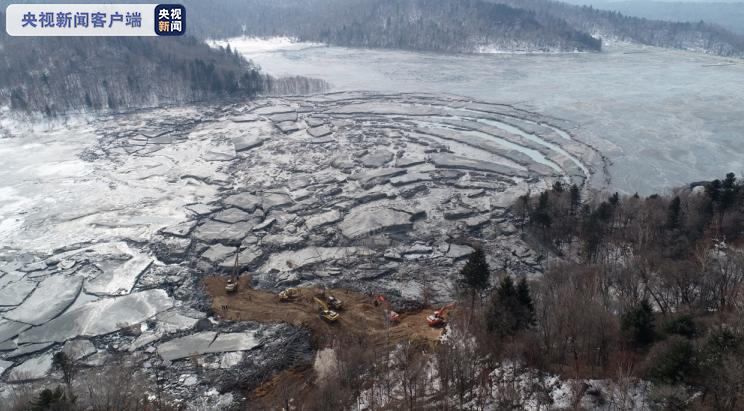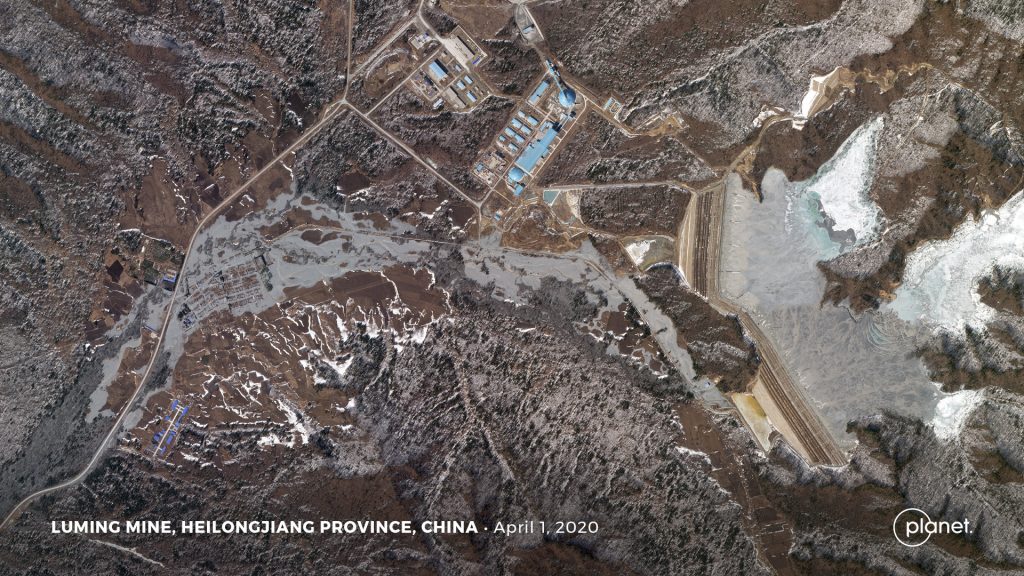
The Amur-Heilong River has a long history of environmental pollution, with the worst cases resulting from industrial accidents. People of China and Russia still vividly remember the great panic of 2005 when a chemical plant blasted in Jilin Province threatening by toxic spill Harbin and Habarovsk cities and dozens of smaller settlements downstream on Songhua and Amur rivers. That challenge spurred emergence of the modern environment policy of China as well as sped up development of Russian-Chinese cooperation on transboundary water bodies.
Ever since in China environmental policies constantly improved and set higher standards for polluting industries. For example, on March 20th, the government revealed it would limit the number of new tailings dams built in China and close older dams. China’s new Ministry of Emergency Management issued regulations that puts new safety and environmental restrictions on the 8,000 tailings dams. The new regulations also restrict the height of dams to 200 meters and ban dams within 1 km of residential areas or important facilities, or 3 km of the Yangtze or Yellow rivers.
Just one week after, on March 28th, a tailings spill contaminated water sources in Heilongjiang Province, China. The largest molybdenum mine in China, operated by Yichun Luming Mining Co, released 2.53 million cubic meters of tailings into the Yijimi River. Tailings are a mine waste product containing crushed rock, chemicals and water that are usually stored as a slurry behind dams. (See report by Earthworks)
Detailed investigation of this dam facility failure also is being conducted on-line in Landslide Blog, by our old friend Dave Petley from the University of Sheffield in the United Kingdom and several experts-contributors from around the world. Investigators confirmed that recent spill was the result of a leak in de-watering system and the overall structure (fortunately) remains intact. However, they consider that the way in which this dam was recently raised, the specific dewatering technology installed and selection of location for a tailings dam above the valley with human settlements -all are likely technological choices not corresponding with the highest industry standards. Colleagues from Planet Labs provided Dr. Petley with amazing imagery from April 1, which shows in detail the scene of disaster.

In response, Chinese authorities rushed an emergency response team to the site. The Yijimi River is the main water source for the area, which includes the town of Tieli with a population of over 200,000. The response plan included closing a water plant and providing alternate water sources for affected areas. Starting from March 31 environmental agencies publish daily bulletin on status of pollution in 13 different points along Yijimi River and Hulan River where it empties.
Chinese Ministry of Environment everyday reports only on three pollutants : molybdenum, oil and COD. In some points molybdenum 20 times exceeded the norm, so huge amount of other chemicals was poured into the river to enter into chemical reaction with pollutants and thus remove heavy metals. Meanwhile there is much broader range of possible pollutants according to very professional local source : “…sodium sulfide or sodium cyanide are used as flotation agents in the process of producing molybdenum concentrate, and kerosene, sodium silicate or pine root oil will be used as auxiliary agents, resulting in the discharge of waste water containing toxic residues, which is hazardous. According to the September 2019 environmental testing report of Luming Mining, its industrial sewage and solid waste include various heavy metals including lead, zinc, arsenic, chromium, mercury, and cadmium.” No information is available publicly on all those additional pollutants.
Public needs to be informed about possible environmental consequences of this contamination, likelihood it will affect larger rivers downstream (Songhua and Amur) and efforts the company and authorities should undertake to minimize damage before next flood season.
So far information is lacking even on immediate casualties resulting from the accident. The imagery shows that toxic sludge poured through nearby village affecting at least 35 out of 40 households. (See fragment of the previous satellite image below). Are those people alive? Is their health affected by toxins? Are those houses still livable in cold early spring in Small Xina’an Mountains? Have they experienced damage to their vegetable gardens, livestock, stores of food, anything else?

We failed to find any information on the fate of that village in official reports and the media. The more reasons we see to worry about well-being of people in Harbin and other settlements downstream as toxins slowly move that way in cold and turbid waters of Hulan River.
Sources: Chinese media, Landslide blog, Earthworks, RwB own data. Planet Team (2020). Imagery: Planet Application Program Interface: In Space for Life on Earth. San Francisco, CA. https://www.planet.com/

